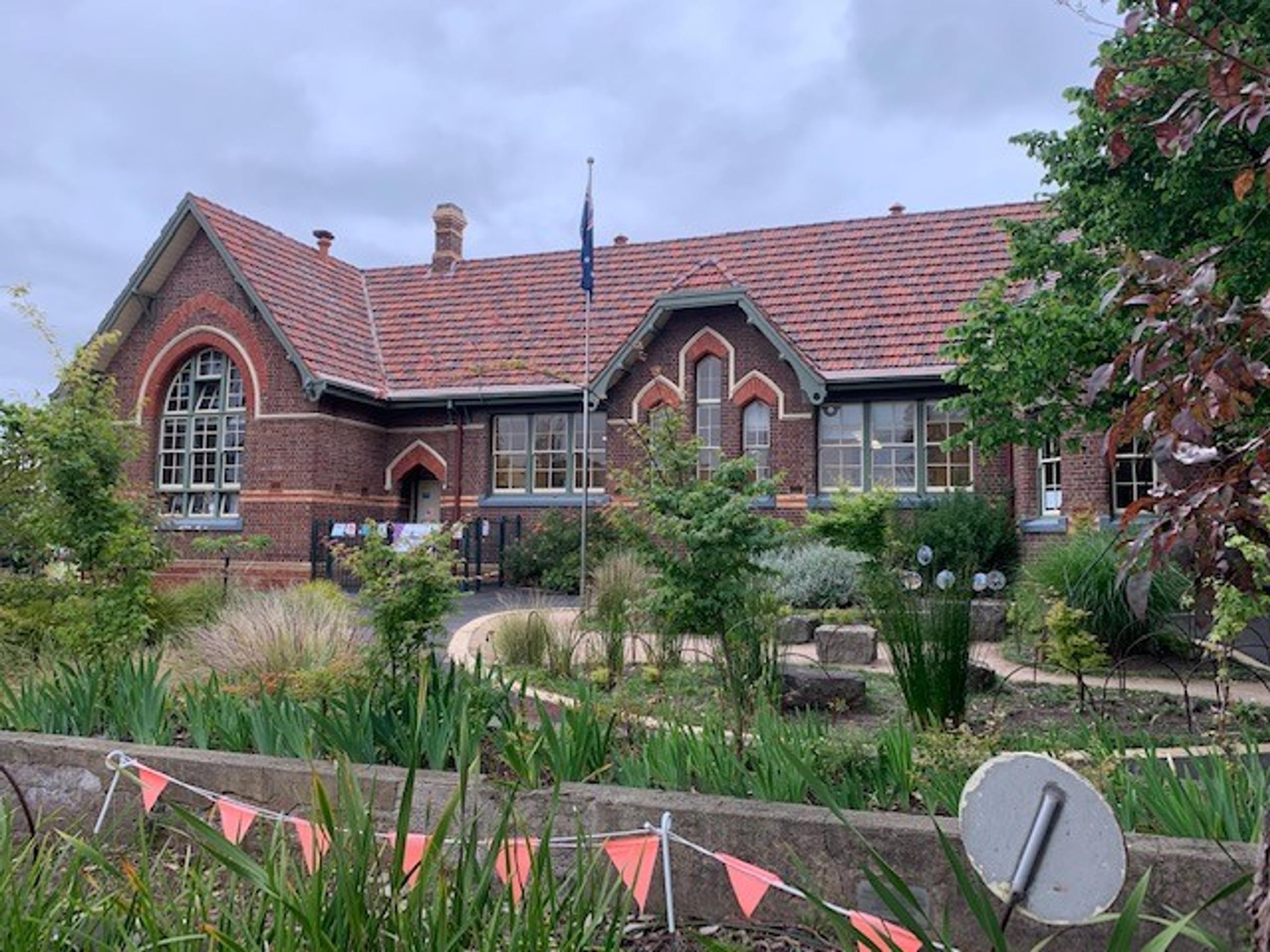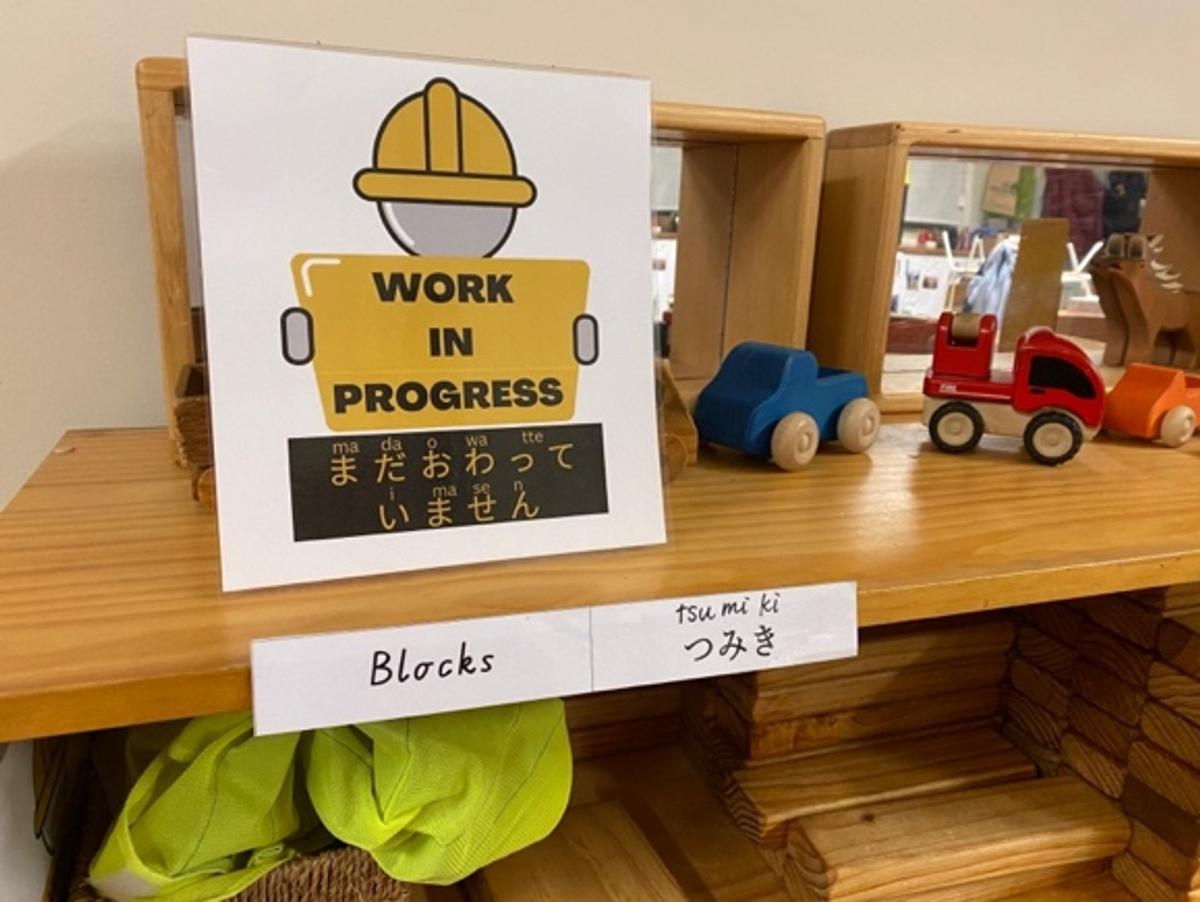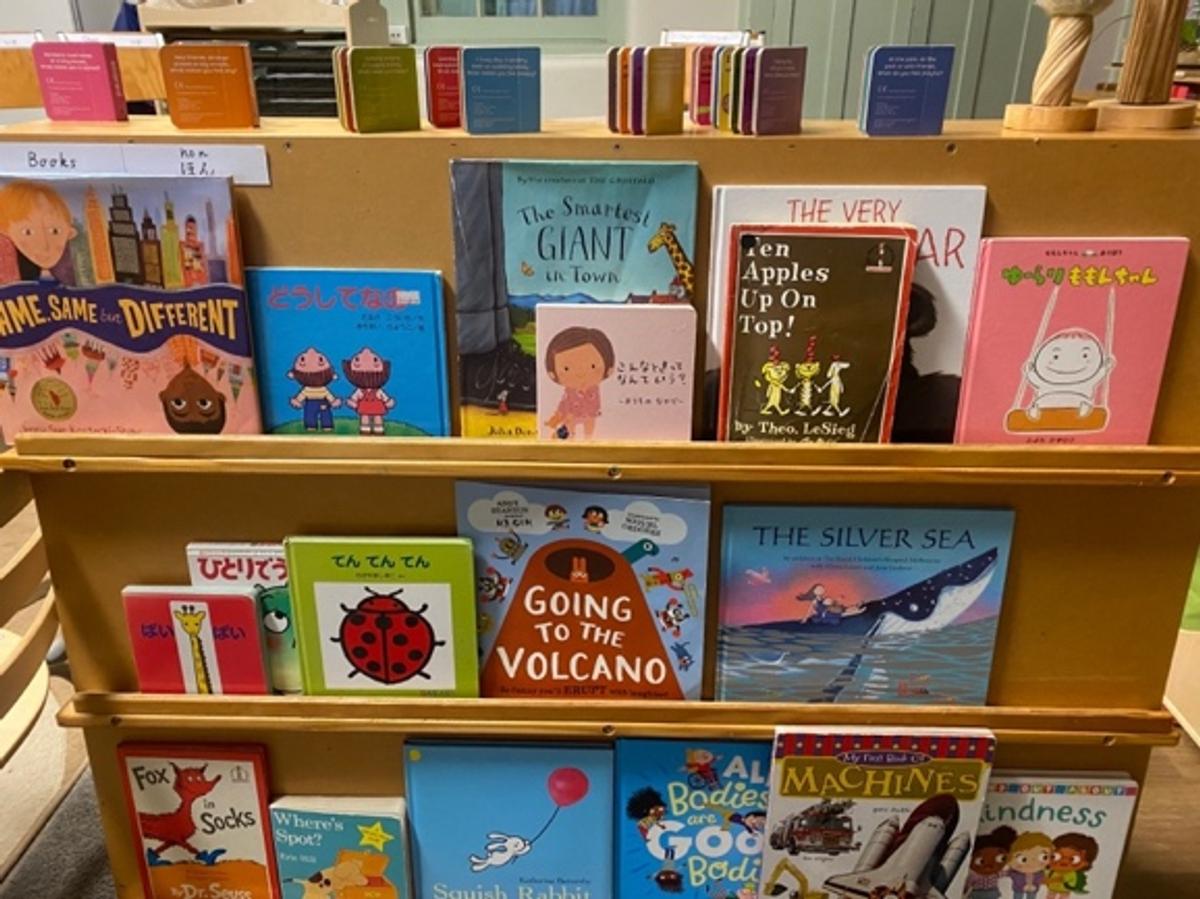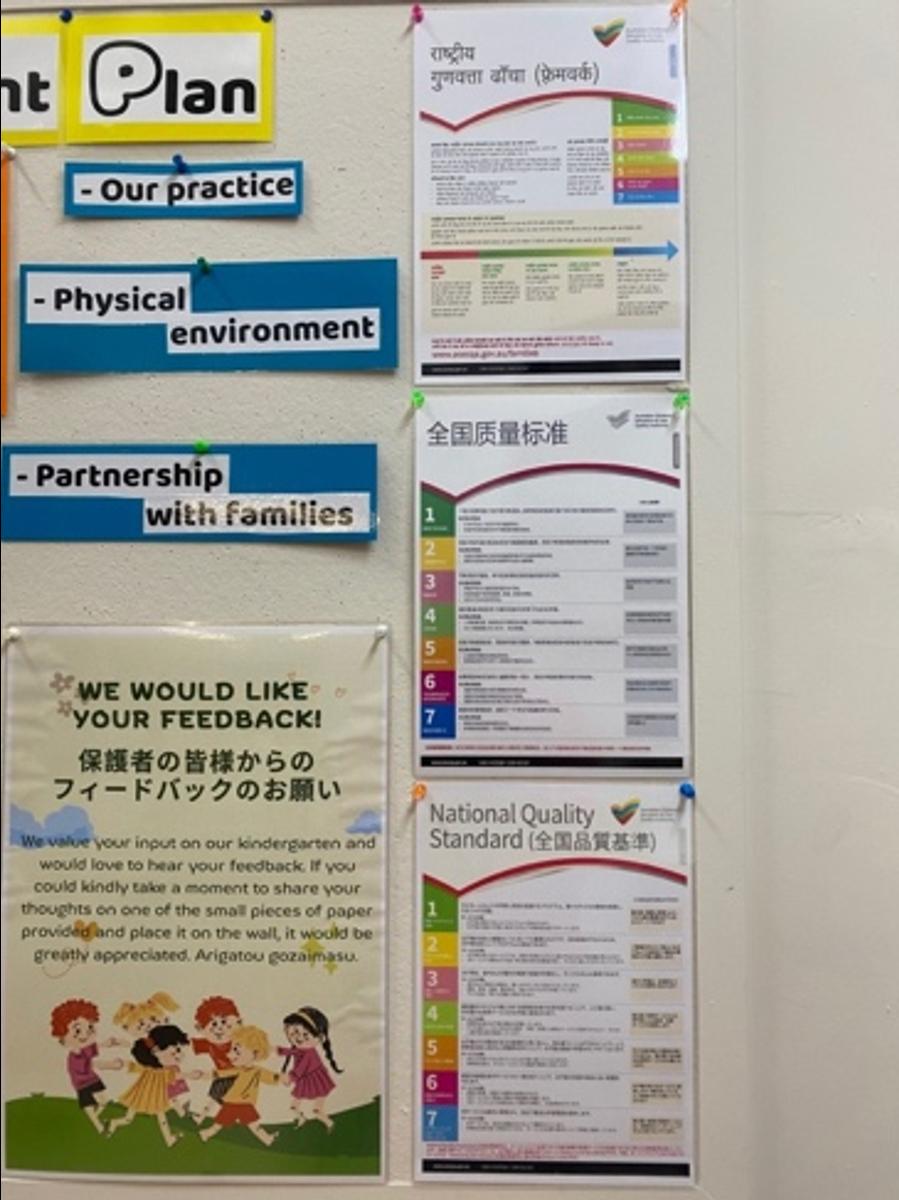Glen Education Caulfield Primary Kindergarten

Striving for Excellence
Glen Caulfield Primary Kindergarten Educators
How we ensure our continuous improvement in practice for children and families?
What comes to your mind when you hear “quality education and care at early childhood settings?” We know what it feels like. Children are happy, parents and staff have a trusting and positive relationship, all of us involved working together towards a shared vision – supporting and guiding children to reach their full potential. However, what exactly makes up “quality service”? We will share some examples to highlight such quality services at Glen Caulfield Primary Kindergarten.
In Australia, The National Quality Standard (NQS) is used as a benchmark for early childhood education and care services. The NQS consists of seven quality areas that cover various aspects of service provision, including educational program and practice, children's health and safety, physical environment, staffing arrangements, relationships with children, collaborative partnerships with families and communities, and governance and leadership.
We are excited to share some wonderful stories with you about the exceptional work of our educators at Glen Caulfield Primary Kindergarten. Each of our educators has demonstrated an exceeding practice in their teaching, learning and relationships with children, families, and our community.
Quality Area 2: Children’s Health and Safety
As an educator, it's always a pleasure to see children's smiles and their eagerness to learn. It's equally important to ensure their well-being, comfort, and safety in the care environment.
One day, I witnessed exceeding practice that I'll never forget. During arrival time, Child A noticed that a parent forgot to pack his new water bottle. As a result, Child A was crying, and no matter how much we tried to console him, he couldn't stop. I decided to approach him and have a chat, hoping to distract him from sadness. I knew that it was important to address their concerns in a supportive and compassionate way, so I sat down next to him and asked what was wrong. Child A sobbed, "I want my new water bottle." I reassured him that everything would be okay and that we would sort it out. I asked him about his interest, and gradually he started to engage in the conversation. As we chatted, I also made a note to contact the child's parent and let them know about the situation. We quickly contacted them and explained what had happened, and the parent was grateful for the update. We discussed what we could do, and I suggested that we provide him with a temporary water bottle, and the parent promised to bring the child's new bottle next time.
With Child A’s permission, I gave him a spare water cup. I also supported him to engage in learning, by visiting areas such as drawing and puzzles, which he enjoyed. The child A’s parent also expressed their gratitude and appreciation for the extra effort I had made to ensure the child’s comfort.
This experience showed me that importance of supporting children in developing a strong sense of identity, particularly in situations where they may feel vulnerable or unsure of themselves. By validating the child’s feelings and taking action to address their needs, I helped them feel seen, heard, and valued, and I was able to help them develop a positive sense of self.”
- Foozan Abol, Early Childhood Educator
Quality Area 3: Physical Environment
“When we step into our service, we can see that the learning environment is full of different languages. We have signs, posters, labels, and learning documentations both English and Japanese as we are a bilingual kindergarten. Many parents have Japanese background, and they found the bilingualism very meaningful and important for their child to develop sense of identity and connect with their family in Japan. For example, Child B’s mother told me that she appreciated the bilingual posters and monthly reflections as she was able to send it to her family in Japan and they were able to see what Child B was learning in Australia, which makes her grandparents feel very included in her education (November 2022 from Child B’s mother).
The posters that explain NQS are also displayed in English, Japanese, Hindi, and Mandarin which are most spoken language by our children and families at home. One of the Japanese parents told me that she was not aware of the NQS until she read the explanation in Japanese and now, she feels more involved in her daughter’s learning journey.”
- Nanako Kamei, Early Childhood Japanese Language Teacher
Quality Area 4 – Staffing arrangement
“According to Australian Children’s Education & Care Quality Authority states that staffing arrangement should “enhance children’s learning and development as well as that management, educators and staff are collaborative, respectful and ethical” (ACECQA, 2023).
Our strength is teamwork. Staff work collaboratively. We work across all groups and take a positive team approach towards the best interests of children and their families, there is a lot of communication happening. We have a book where we write notes of what happened during the day, the conversation we had with parents, a developmental milestone we notice. The next day, the staff sight those documents as well as talk about what their understanding of a child at that moment. When a parent approaches me about a concern regarding a child, I will listen and make a note during the day. I share those concerns with all the staff present and take notes on the journal. All educators make a purposeful observation and share our understandings of the child and then discuss what we have observed. At the end of the day an educator shared our support plans, what we have noticed as their strengths and how we can work together as well as asking parent’s insight and opinions about their concerns. Parents are really happy with the approach we took and as a result we developed positive, trusting relationships not only with parents but also with all other staff across the kindergarten. This also supports all team members to have a meaningful relationship with the children.
Another example for exceeding approach for staffing arrangement is that each of us initiated several roles to take throughout the year to develop in-depth understanding of all service updates and teaching pedagogy. We are open to receiving feedback and exchange ideas. Termly team meetings as well as everyday staff discussion and communication ensures we keep up to date with current practices. They are the evidence that all staff are committing to individualised curriculum goals, shared understanding of the latest educational philosophy.
- Nao Ikoma, Early Childhood Japanese Language Teacher
Quality Area 5: Relationships with children
There was a child who enrolled this year who could not speak English. Due to the language barrier, it was difficult for her to make friends and talk to educators. She couldn’t communicate with our Japanese speaking educators even in her own language in the unfamiliar environment.
At the very early stage, I tried to communicate with her in Japanese by asking simple questions about her kindergarten routine. As the next step, we started talking about what she seemed to be interested in, which she could answer yes or no. Little by little, by the end of Term 1, she started talking to me and making her friends.
In conclusion, I’ve learned it is important for educators to observe children carefully, to respond to them without rushing or overreacting, and to wait for their positive reaction.
- Sayaka Aoki, Early Childhood Educator
Child A joined us at the start of the term 2. A few weeks into term 2, we noticed that Child A benefitted from support in a few areas of development. Educators developed strategies with the family to support the child to transition from one experience to another, engaging in routines, or move between inside and outside learning spaces. We observed, tried & experimented with a few strategies, and found that the most effective strategy for a smooth transition is to give him a verbal transition warning e.g. “10 more minutes and we will be starting lunch”.
Educators worked alongside Child A to build their confidence to make friends. Sometimes, he would come to us and tell us that he doesn’t have any friends to play. Upon listening to this, we model the language for him to use to initiate a play/conversation with his peers. When Child A gets frustrated and/or angry, it can be difficult for him to express himself. When frustrated educators support him to regulate his emotions through strategies such as having some alone time and letting him know that when he’s ready, we are here for him, language modelling and lots of reassurance. We regularly share in conversations with his family as what happens prior to coming to kinder will have an impact on Child A. Hence, we are always checking in on whether he had a good sleep the night before, did he have breakfast before coming to kinder, etc. Throughout the year, educators exchanged notes on what worked and didn’t work, reflected on the strategies used and how we could modify our space to meet the needs of Child A.”
- Wen Shen, Early Childhood Teacher
A new Kindergarten environment can be challenging and unsettling for some children. One child became upset and aggressive when her parents left the kindergarten at the beginning of each session. Upon reflection, the educators noted that she enjoyed reading certain books with educators once she had calmed her strong emotions. In collaboration with her parents, we developed a strategy to help her in the mornings. We ensured an educator was located near the couch and all her favourite books were available. Initially, a parent started to read and handed it over to an educator when ready to depart, sometimes smoothly and sometimes with tears.
The length of time spent reading with her parents was gradually reduced and now she walks to the couch, says goodbye to her family and happily sits with an educator and starts reading. This arrangement has provided a calming environment for other children too. Several others who find transitioning into kindergarten difficult now gravitate to the book area at the beginning of the day. Some join a small group reading a selection of favorites, while others play quietly on the floor listening to familiar stories. This routine starts in the morning and provides a sense of calm, security, trust, familiarity and belonging at kindergarten. It has strengthened the relationship between educators and children, as well as helping children build connections with each other. A stressful situation has become a positive start to the day that both children and educators look forward to and enjoy.
- Carissa Macky, Early Childhood Educator
Quality Area 6 - Collaborative partnerships with families and communities
Our kindergarten recognises the value of connecting children's learning experiences with the wider community. We are situated next to a primary school and are surrounded by small businesses. We harness this proximity to our community by actively seeking partnerships with them through regular visits to the Primary school library, local Post Office and local cafe.
These visits provide enriching experiences for the children and serve as a springboard for ideas to extend to children’s interest and learning in the classroom, for example role play post office, letter writing, role play librarian and dramatic play cafe.
Closer to home, we invite our Children’s families / parents to give talks and share their experiences in our classroom. We consider topics that align with our kindergarten's curriculum or are of interest to the children and families. It could be anything from their profession or hobby to cultural traditions, health and wellness, or community involvement. This is an engaging way to collaborate with families and create a strong sense of community and shared learning.
- Ann Yik, Early Childhood Educator
Last week a parent doing a tour was requiring reassurance regarding her child commencing next year. The aspect that she was concerned about was that the parents both had no Japanese language skills. My response reinforced that our Japanese language program is play-based, lots of fun, taught by our wonderful Japanese teachers. There is no expectation of Japanese knowledge. She felt at ease and was looking forward to her child teaching her Japanese words.”
- Nora Crameri, Early Childhood Educator
As an Early Childhood Teacher, it is paramount that a “foundation” is created with both the child and their family to include experiences outside of the learning environment. This also supports a child’s “view and understanding” of lifelong learning and curiosity within the world around them.
Three recent examples of this include 3 children who have had extensive travel overseas during Term 1 to visit family or engage with their parents’ work environment. Before “heading off” all three children were excited about their impending journeys and articulated to their peers where they were going and what they were going to see! During group “chat time” I asked them if they could send or share photos of the journey. They agreed this was a great idea, and we also spoke with their families who said they would connect with the kindergarten while away.
We did receive emails from the children with photos! As emails and photos “arrived” teachers discussed the photos with the other children who, from direct observation were engaged and intrigued with their friends’ adventures and this prompted many questions and extension of learning such as exploring maps and other languages.
- Margaret Durston, Early Childhood Teacher
We had been learning about thank you letter as part of our learning in the Resilience Project. To extend the learning, we thought it would be an excellent learning opportunity to send some letters to our friends and teachers who have supported us. As it coincided with the Christmas season, some children also wrote some Christmas greeting cards for their loved ones and Santa! After some discussion, we decided to send letters to our friends in other groups – blue group, purple group and to the head office to say thank you for all the support and love they have given us.
Child K, Child H and Child M also prepared some letters to send to their families. While we were walking to the post office, we also learnt about road safety – making sure the pedestrian light is green before we cross the road.
It was nice for the children to get familiar with their local community. Before we went back to kindergarten, we made a quick stop at the café where we would visit the following week!
- Joy Lee, Early Childhood Teacher
The NQS is crucial for ensuring that early childhood education and care services provide quality outcomes for children and families. It sets a standard for services to meet, promotes continuous improvement, and ensures accountability and transparency in service delivery. We are incredibly proud of our team and our commitment to providing the highest quality education and care for children. We remain committed to enhancing our quality care and education service and will continue to pursue ongoing improvement opportunities to provide the best possible outcomes for the children and families in our care.





